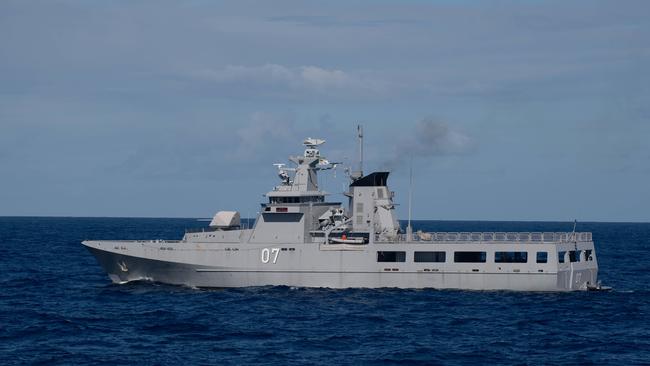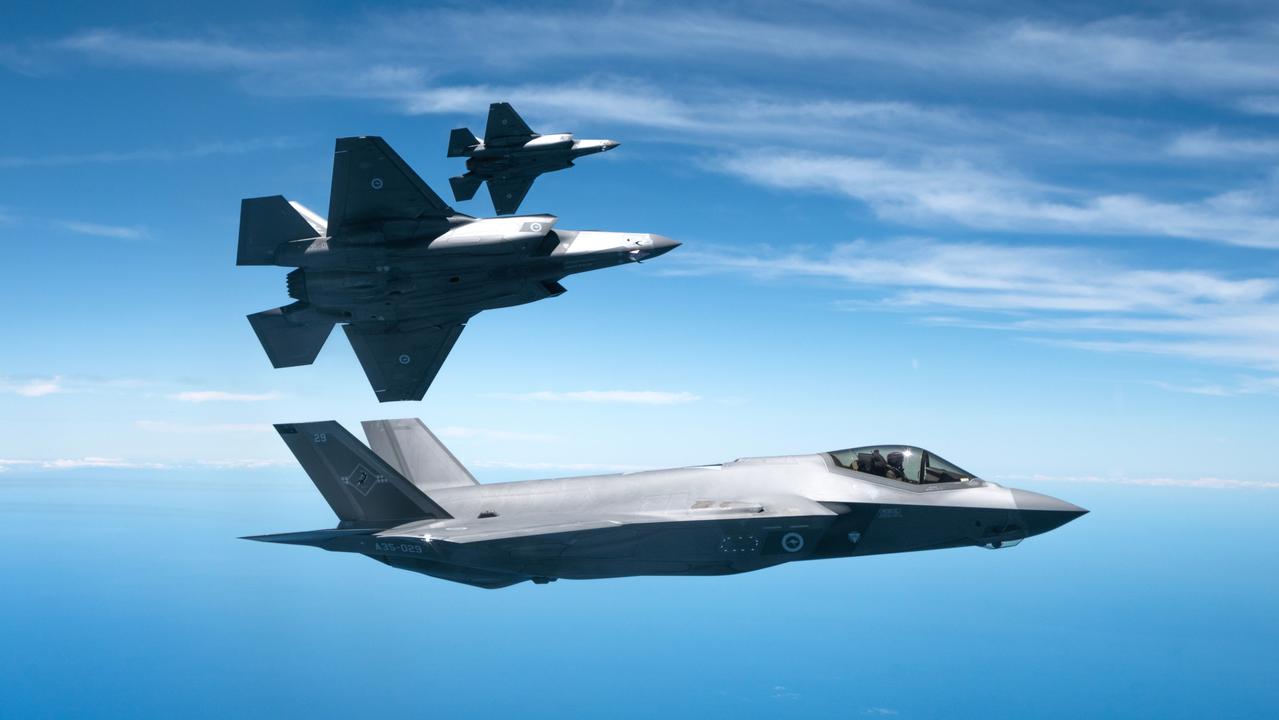Arafura class OPVs late, over budget and underequipped
The Arafura class Offshore Patrol Vessel project SEA 1180 has followed a familiar trajectory: after negative media reports, there have been repeated official assurances that everything is on time and on budget – until suddenly it isn’t.

Sadly, the Arafura class Offshore Patrol Vessel project SEA 1180 has followed a familiar trajectory: after negative media reports, there have been repeated official assurances that everything is on time and on budget – until suddenly it isn’t.
These situations develop because Defence acts inside a shroud of secrecy, which continues until the evidence that something is going adrift becomes too overwhelming to deny – and suddenly it is on the government’s list of Projects of Concern, indicating that something is going badly wrong.
It shouldn’t have been like this. The OPVs are designed and built to commercial rather than military standards, meaning that they lack some of the robustness of thoroughbred naval vessels but are otherwise excellent multi-role platforms. This philosophy is quite common across all services – the RAAF’s fleet of US made P-8A Poseidon maritime patrol aircraft are modified Boeing 737 commercial aircraft and the army’s logistic support trucks are largely indistinguishable from those used by freight companies that block the overtaking lanes of Australia’s expressways every day.
Problems seem to have emerged that, having ordered a 1600-tonne general purpose ship, some people in the RAN now seem concerned that it is not sufficiently militarised. However, this is precisely why the design was selected in the first place since it is faster and less expensive to build than a corvette with all the bells and whistles associated with that class.
This is not to say that the Arafuras lack military usefulness – on the contrary. The parent Darussalam class for Brunei has a 57mm rapid firing main gun also used by the USN and four canisterised latest generation Exocet surface-to-surface missiles, giving them quite a punch. Bizarrely, the RAN reduced the size of the main gun to 40mm – then cancelling the contract – and opted to also remove the missile capability, something now believed to be under review.
The situation with the non-gun is illustrative of broader project management issues. Defence selected – or at least approved – an offer that was half the price of the original baseline product.
Belatedly, Defence then informed both the prime contractor Luerssen and the gun manufacturer Leonardo of their requirements for qualification and certification of the system before it could be accepted into service.
This looked to be time consuming and expensive to meet, hence contract cancellation by what appears to be mutual agreement and the negotiation of a $10m payment to Leonardo.
Defence publicly stated in February that they would start a competition for a new main gun, but the situation has changed with a spokesperson now saying: “A replacement gun for the Arafura class OPVs is being considered within the overall context of our changing strategic circumstances.
“As an interim measure, whilst a final gun system is determined and acquired, the first ships will be delivered with 25mm Typhoon guns which are already in service on the Armidale class patrol vessels and are suitable for constabulary operations.”
What the spokesperson does not say in those cryptic remarks about the way forward is that the Typhoon guns from Israeli company Rafael – as good as they are – will need to be retrofitted to the Arafura class and the initial three or four OPVs will go to sea armed only with heavy machineguns until such time as they can be upgraded.
To minimise negative commentary, Defence emphasises that these ships are not designed for warfighting roles. That seems beside the point.
At a time of a deteriorating strategic environment, it would seem wise to stuff as much weaponry on the small number of platforms we have as possible. In the not-too-distant future the P-8As will be fitted with the Long-Range Anti-Ship Missile (LRASM). Produced by Lockheed Martin for the USN, this is possibly the most formidable maritime weapon in the western world, combining speed and range with stealth, AI-enabled threat avoidance and a ship-killing 450kg blast-fragmentation warhead.
If it is good enough for the RAAF to be prepared to use their modified passenger jets in high intensity combat, surely it is not too much to ask the RAN to revert to the parent design and put some surface-to-surface missiles back on the OPVs. Whether they should be equipped with LRASM or the equally formidable but shorter-range Kongsberg Naval Strike Missile going on the Hobart class is academic – but giving them the ability to defend themselves seems sensible, to put it mildly.


